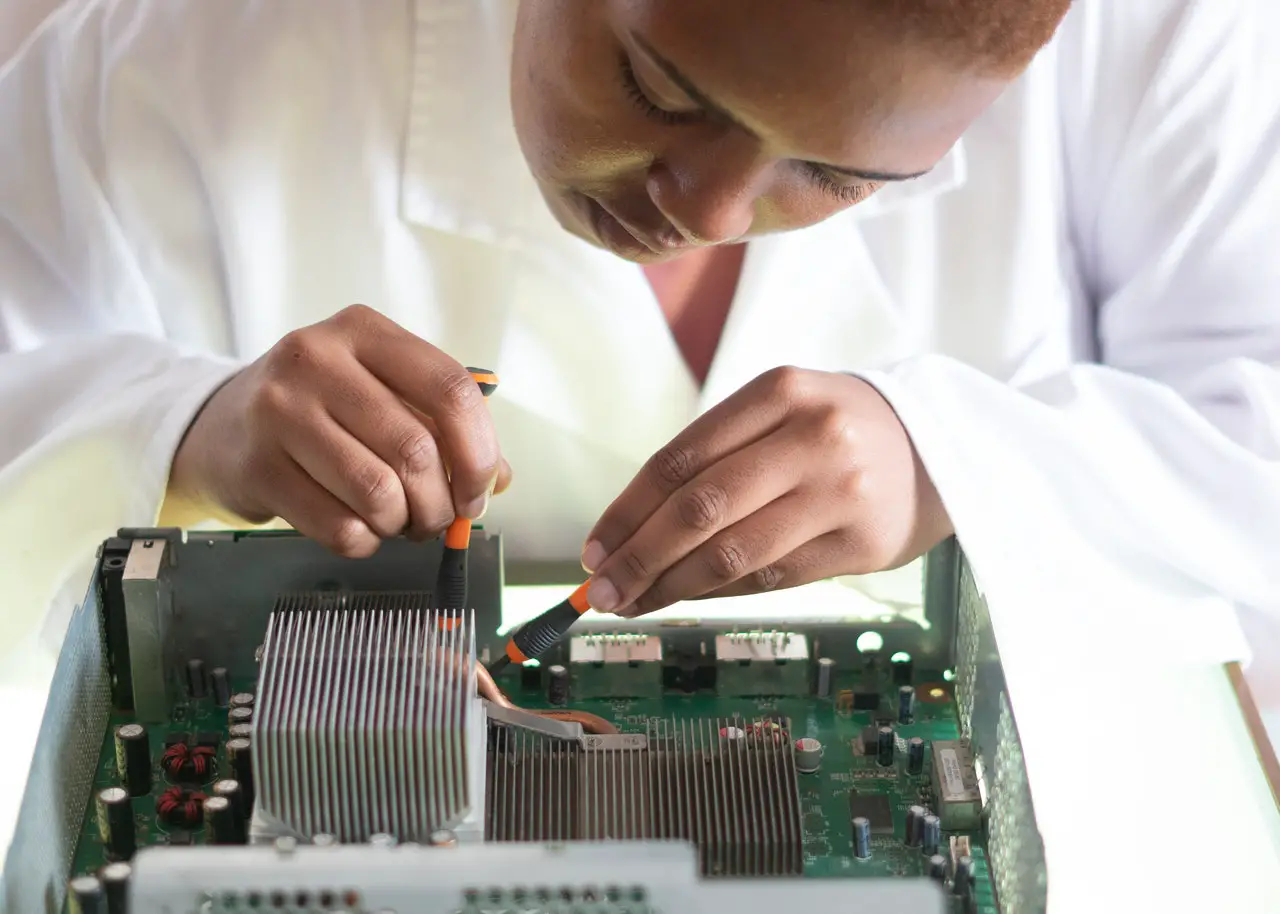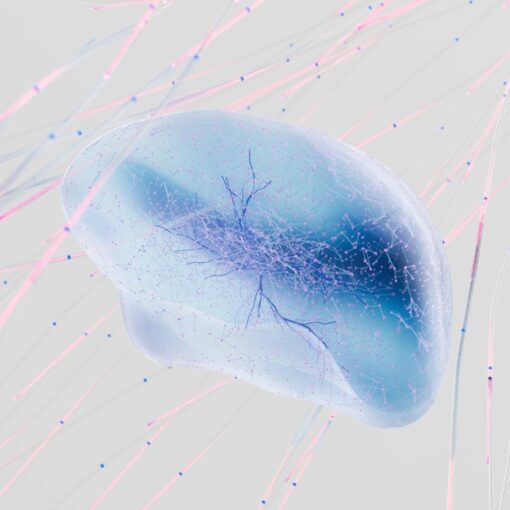There are many differences between Critical Thinking vs Systems Thinking. Critical Thinking involves examining and challenging thoughts or ideas, while Systems Thinking focuses on examining the effects of actions or ideas on a system.
Chances are, most people have used Critical Thinking and Systems Thinking at some point in their life without knowing it. Both modes of thought help everyone, from students to politicians, solve problems, but they manage it differently.
What Is “Critical Thinking?”
Critical Thinking relies heavily on applying and studying logic and assessing illogical statements, beliefs, data, or information. It involves conceptualizing and evaluating information generated from observations, communication, and information that guides thoughts, ideas, and actions.
The school of thought behind Critical Thinking requires the application of the following skills:
- Develop and ask concise, objective questions challenging traditional modes of thought.
- Gather and investigate information to support and challenge thoughts and questions.
- Use empathy to think and relate to other modes of thoughts or beliefs.
- Focuses on generating clear communication to help solve problems.
- Critical Thinkers work to overcome their personal biases and beliefs to create a whole, clear picture of the world.
Critical Thinking requires examining the weaknesses and flaws in traditional Thinking or beliefs and looking for ways to improve personal thinking skills. In short, Critical Thinking requires the applier to look and think outside the box.
Steps To The Critical Thinking Process
- Analysis – Examining thoughts, ideas, or concepts to identify areas of improvement or containing flaws. This step identifies the topic or area of thought to apply Critical Thinking to.
- Evaluation – Evaluating the thoughts, ideas, or concepts’ quality and integrity. This step looks for why something is flawed, what the strengths of thought are, and identifies the areas that need the final stage of improvement.
- Improvement – The final step evaluates how and where modes of thought, beliefs, or ideas can improve. The last step allows the information gathered and interpreted in the first two steps to be used to create better quality thinking.
How Is Critical Thinking Applied In Life?
Critical Thinking applies to a variety of aspects of daily life. Some common examples include:
- Interviewing new job applicants without bias.
- Assessing large quantities of data to draw logical conclusions.
- Understanding and evaluating communication problems in a relationship.
- Identify bias and manipulation in political ads, commercials for brands, and news information.
- Examining why someone dislikes a person they have never met.
- Analyzing preferences towards certain brands or stores.
- Exploring personal feelings towards political beliefs or subjects in the news.
What Is “Systems Thinking?”
The world is not made up of random pieces and parts, at least not to a Systems Thinker. Instead of dissecting various aspects of life, data, or thinking as single entities, Systems Thinking views and analyzes relationships between things.
The idea of Systems Thinking aligns well with the imagery of a ripple effect or the butterfly effect; a single action spreads out to impact countless people, places, or things. Systems Thinking, however, only applies to actual systems. A system must fit the following criteria:
- A system has clear boundaries between the inside and outside of the system itself.
- A system connects and flows into and from the environment.
- A system takes in information, materials, and energy.
- A system gathers and stores nutrients or resources to generate work or results.
- A system produces waste, heat, and results of work.
- A system produces feedback that indicates how well the system is working.
Systems Thinking is dynamic. It looks at a system and identifies problems or issues throwing off what was inherently a functioning system. It requires looking at the Big Picture of an issue and finding the small ripples of input, output, and feedback that led to disarray in the system.
Steps To The Systems Thinking Process
- Identify – Systems Thinking starts like many scientific processes: finding a problem to fix.
- Hypothesize – After identifying the problem, thinkers generate a hypothesis to address the issue.
- Test and Evaluate – Once generated, thinkers apply the hypothesis via testing, data, and experimentation and evaluate the results.
- Implement Changes – After the hypothesis and data create an understanding and good quality information on how to fix the problem, the thinker applies the changes to the system. Steps 1-3 are repeated until the thinker can achieve step 4 with promising results.
How Is Systems Thinking Applied In Life?
The school of thought behind Systems Thinking applies to many aspects of life. Common situations where Systems Thinking works well include:
- Examining the effects of pollution on the Earth’s climate.
- The impact of a new medicine on the human body’s systems.
- The impact of poverty on education scores of students.
- The effect of the economy on the political beliefs of a population.
- Analyzing the effect of coffee on the human body.
- Examining how where someone shops impact their political views.
Critical Thinking vs. Systems Thinking (In A Nutshell)
Critical Thinking and Systems Thinking are not perpetually at odds. The two methodologies work well together to identify and evaluate problems. But they do have core differences that make them unique, separate ways of thinking and processing information.
Critical Thinking vs. Systems Thinking: The Main Differences
- Systems Thinking looks at the relationship between systems (e.g., the human body, economy, or environment) and their impact on each other. On the other hand, Critical Thinking examines thoughts, information, or beliefs to assess their quality and logic.
- Systems Thinking can only apply to a system, where Critical Thinking can apply to any concept, idea, belief, or information.
- Systems Thinkers look at the whole picture of a problem. Critical Thinkers examine parts or the whole of a thought, idea, or data to draw their conclusions.
Can Critical Thinking and Systems Thinking Work Together?
Yes, Critical Thinking and Systems Thinking can work together. Concise thinkers utilize Critical Thinking and Systems Thinking together when addressing many problems, often without knowing it!
Both modes of thought complement each other, with Critical Thinking providing logical support towards Systemic problems and Systemic Thinking providing “whole” pictures that pair well with Critical Thinking problems.
References
Systems Thinking, Critical Thinking, and Personal Resilience
The “Thinking” in Systems Thinking: How Can We Make It Easier to Master?
https://www.criticalthinking.org/pages/defining-critical-thinking/766
https://louisville.edu/ideastoaction/about/criticalthinking/what





